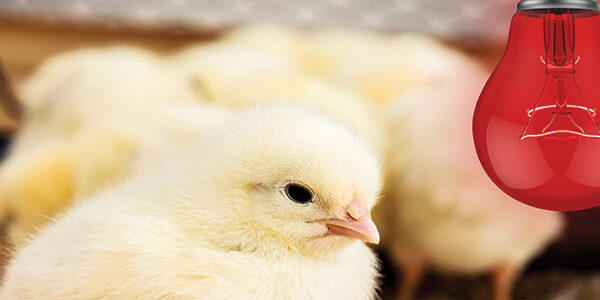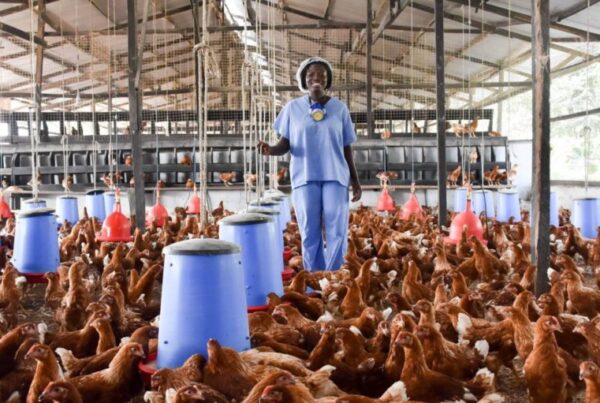As soon as the previous flock has been cropped/depleted, the house and equipment must be thoroughly cleaned and disinfected. Allow the house to remain empty for two weeks before the next flock arrives. This reduces the buildup of disease-causing organisms. After the birds have been removed from the house, remove all equipment and dampen the ceiling, wall, and litter with water. This minimizes dust during litter removal. Remove all old litter and dispose of it at least 1.5km from the farm.
Do not store it on, or spread it near the flock house as it can re-contaminate the clean house. All unused feed should be disposed of and not stored for the next flock to minimize the chances of disease transmission. Only feed in bags stored separately from the house can be kept. Wash the house with water and soap. Start with the roof, the walls and then the floor.
Allow the house to dry before spraying with disinfectant solution, again starting from the roof. Wash and disinfect all equipment from the house. Repair and maintenance of equipment should also be done during this time. You can also apply effective broad-spectrum disinfectant through a pressure washer with a jet nozzle. Thoroughly soak all the interior surfaces and equipment working from top to bottom.
The most common disinfectants include:
| Common Disinfectants | Advantages | Disadvantages |
| Oxidizers e.g.Hydrogen peroxide | Broad-spectrum activity | Corrosive, not effective in an organic matter |
| Alcohols (e.g. Ethanol) | Broad-spectrum,cheap | Evaporates, flammable |
| Halogens e.g. Iodine | Broad-spectrum,cheap | Corrosive |
| Phenolics e.g. Phenols | Effective in footbaths | Limited action |
| QAC e.g. TH4 | Broad-spectrum activity | Expensive |
| Ad-spectrum activity | Toxic, aldehydes e.g. Formalin | Expensive |



